Tom Moore is one of those people who have discovered their vocation and gift from the proper age. Thus animation becomes for him both education and profession, having studied it in high school and college. Inspired by the Japanese folklore and the power of Nature in the films of the great director Hayao Miyazaki, Tomm Moore tries to make his films stand out with their own signature. And it's no wonder that the Irish-born and Kilkenny-resident director and artist goes deep into Irish and Celtic myths and legends to create some of the most beautiful models of modern animated cinema. The Secret of Kells and Song of the Sea bring Oscar nominations for Cartoon Saloon, and the studio is currently collecting funds for its next full-length film Wolfwalkers. Now let’s give the word to Tomm himself, with whom we spoke on a sunny Spring afternoon not long ago.
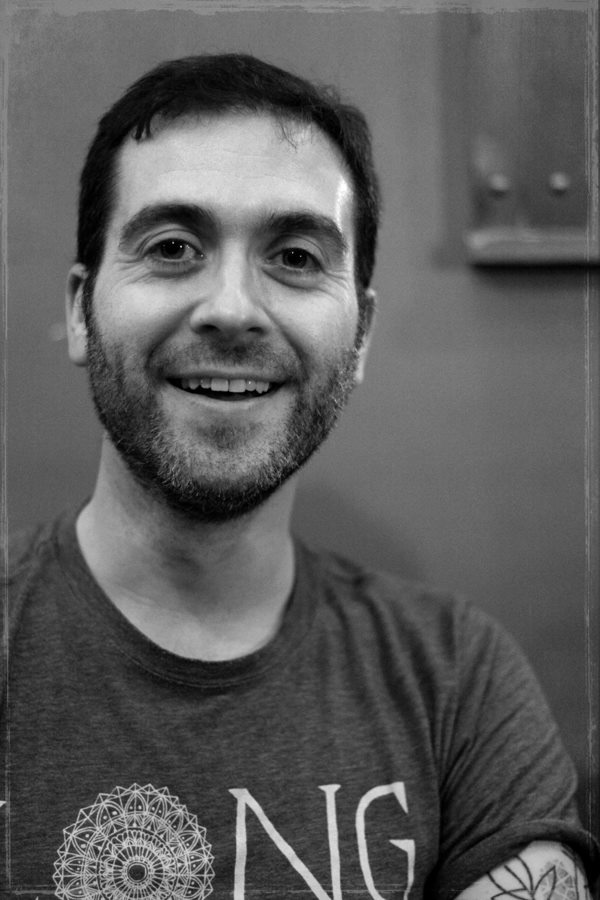
Photo by Andrzej Radka
Where do we find you?
Well, I am sitting in my office and watching the city through the window. Sun is shining but it is still cold here. That’s why I like the weather and life in your country.
You have been in Bulgaria?
Yeah, yeah, we recorded the music for Song of the Sea in Sofia. The composer Bruno Coulais is married to a woman from Sofia and he records very often his music there because they have an apartment in the city. And their daughter is also named Sophia (laughs).
Music is an integral part of your films. How do you choose the appropriate tunes for each movie you make?
I work closely with Bruno and with an Irish band called Kíla. We talk a lot while doing the storyboards. And sometimes I have the idea just from listening to music and I play them the type of music I have in mind but usually they are the ones who suggest something to me and most of the time I just trust them.
Do you play any instrument?
No, no, I am totally handicapped (laughs).
What kind of music do you usually listen to?
I like a lot of different music. I listen to the music from the 90’s I used to listen a lot to when I was a kid, but I also really like folk music. Even modern folk music like the Decemberists.
You recently shared the trailer for your third film - Wolfwalkers. Can you tell us a bit more about the story and how it was born?
It’s a local story from the town where I live and where is the Cartoon Saloon studio - Kilkenny. We have this legend of people who, when they fall asleep, a spirit wolf leaves the body. We thought about making the story based on those legends and we focused on the experience of young girl coming from England and meeting an Irish girl who is a Wolfwalker. We showed the contrast between these two worlds.
What is the time period in the movie?
It is in 1645 - XVII century.
Do you already have a release date?
No, if we are lucky it will be in 2019 but we need to find the finances.
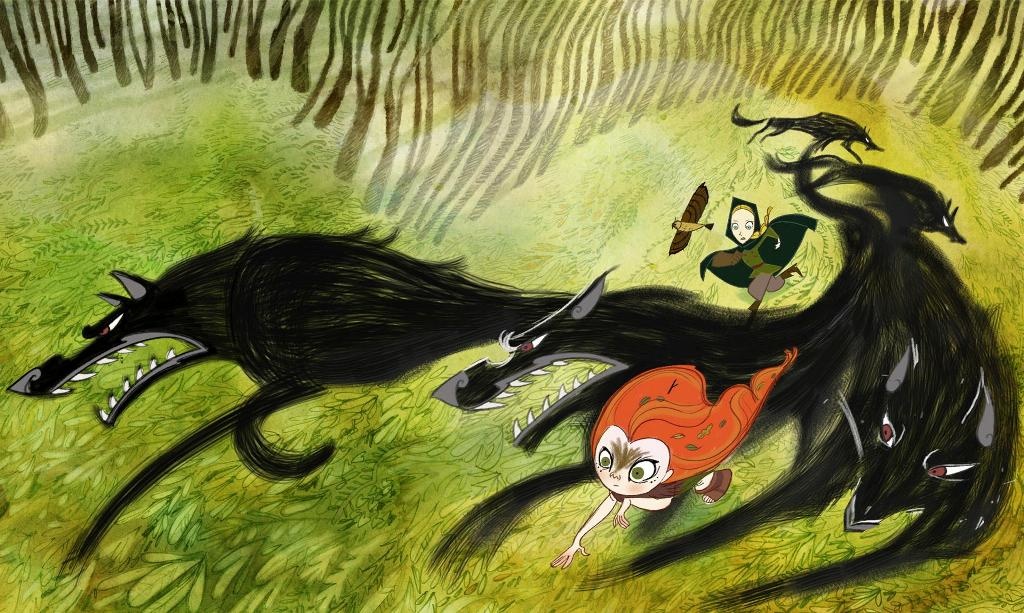
It’s been quite a long gap between The Secret of Kells and Song of the Sea. Is the money again the factor for this delay?
50% is the money and the other 50% is working on the story, writing of the script and the technical time for making a movie, of course. For Wolfwalkers the script is already done, so it’s just a matter of money now. We have all the storyboards and if we find the finance this year, we will be able to make it in one year.
Does that mean that the trailer we saw is all that is done for the film?
Yes, that’s all that we did so far.
It is obvious that Nature is a really important theme in your films. Why do you turn so much to Mother Nature?
Yes, there’s the environmental aspect, I suppose. But more than that I think it is like a symbol of the wilderness that we live in the modern world. We usually deal with this theme - it is the same workforce and we return to Nature all of the time.
It is really easy to relate your films with the ones of Hayao Miyazaki, who also pays attention to the importance of Nature. Do you see resemblance between your work and the one of Miyazaki and are you a fan of his films?
Oh, he’s a big inspiration! I love his movies and I watch them a lot. But as much as we get inspiration, we tend to stick more to our own point of view. I am not Japanese, so I try to look more towards the Irish folklore (laughs). But in the same way he looks at Japanese folklore to tell a story to the whole world, I hope that we can use the Irish folklore to tell a similar and kind of universal story.
When did you find the beauty of Celtic legends and the Irish folklore?
When I was growing up I was aware of it but I think I didn’t really appreciate it until later when I was in college. I was studying animation and tried to think what we could do that was special and that could make our films different from the American or Japanese movies. That’s when I really started to look at Irish folklore as a source of inspiration.
Do you have a favorite myth or legend that you still haven’t worked on?
Yes, there’s a few but I don’t know if I am going to make movies out of them. There might be one more and it would be more like a comedy but I don’t know if it’s going to be in the same style. For me Wolfwalkers is the last one of that type of movies and after that I want to try something different. So, if I use folklore again it will be in a really different way.
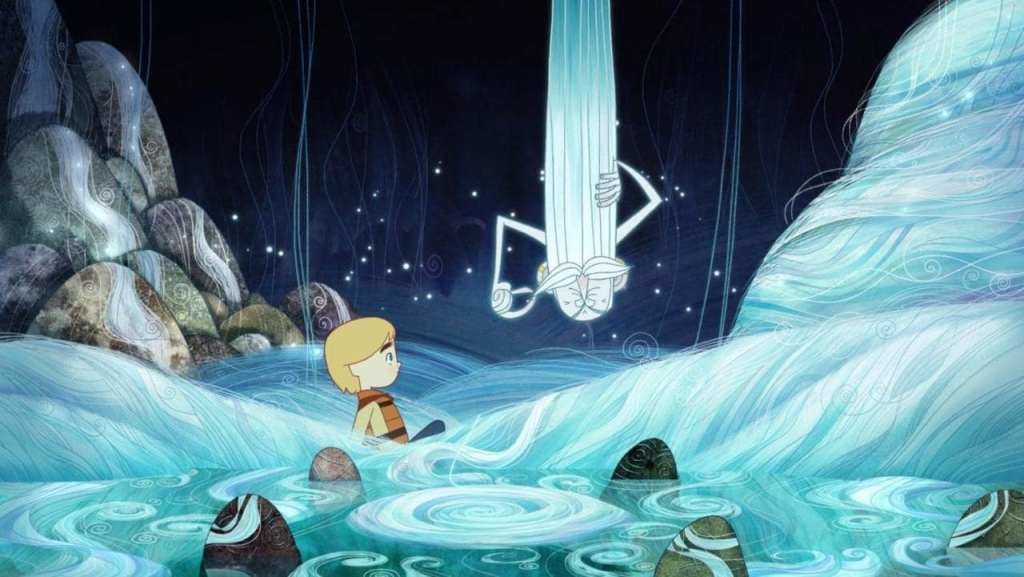
As an animations director, I guess you are also fan of animated movies. So, would you recommend us some titles that we really have to see?
Either My Neighbour Totoro or Princess Mononoke - they are among my favorites.
Animation is more than 100 years old and yet you have your own style in the genre. When watching some of your movies, one can easily recognize it is Tomm Moore. Is it hard to achieve it or it is just being yourself?
Even for me I like to change the style after Wolfwalkers and try something different. This makes sense in these movies and for the time period that’s how we found our style. Now I’d like to push the style in different direction, I think there’s more that we can do.
Where do you get inspiration for the beautiful vision of your films besides the Irish folklore?
It’s not just the Irish artwork - there’s always the landscape and we also look at the artwork for the period, for example speaking of the book of Kells. And for landscapes we look at works of Irish artists like Paul Henry.
Is there something you don’t work with or without?
I think I always have to work with friends - I need somebody to give me feedback. I tried to work by my own from home and I got really nervous ‘cause I like to show my work to friends and get their feedback. That’s why I like to work in studio and that’s why I like animation because I have people who help me. If I’m on my own, I’d be a bit lost.
Can you tell a bit more about Cartoon Saloon - how was the studio born and what are the people who work there like?
It’s still very family kind of feeling. There are between 60 and 100 people, depending on how busy we are. Sometimes we hire freelancers and they are often the same people we work with over and over again. We started the studio when we were in college in the 90’s. My friends Nora Twomey and Paul Young are the owners and we all went to animation college together. The studio is about 17 years old now.
How much time do you spend in the studio - do you go there only when you have to work or you also spend some of your free time there?
As the years go by I realized I spend too much time there, even in the weekends. But we socialize in there; sometimes we watch movies together in the evenings or during the weekends, so we spend a lot of time here.
Do you still read fairy tales?
Yeah, I have to say that more and more I encounter them in collections of books. I like to go to some storytelling festivals and hear them again.
What is your favorite fairytale and what it is about?
Oh, it always changes with time. I really like the story about the wolves from Wolfwalkers. But now I am more or less thinking about the stories of the fairy changeling where a baby is swapped for a fairy (laughs). There is a folklore collector called Michael Fortune and he started to collect folklore and make YouTube videos. I really love to listen to those, because it’s not a complete tale, there are real people, even kids, telling the story. It is really crazy and mixed up - half the story and half just the person making it up for entertainment and I really enjoy listening to those on YouTube. It’s the real folklore - that’s people telling stories to each other for entertainment. And it’s the same with the folklore - it’s a spoken tradition, not a writing tradition.
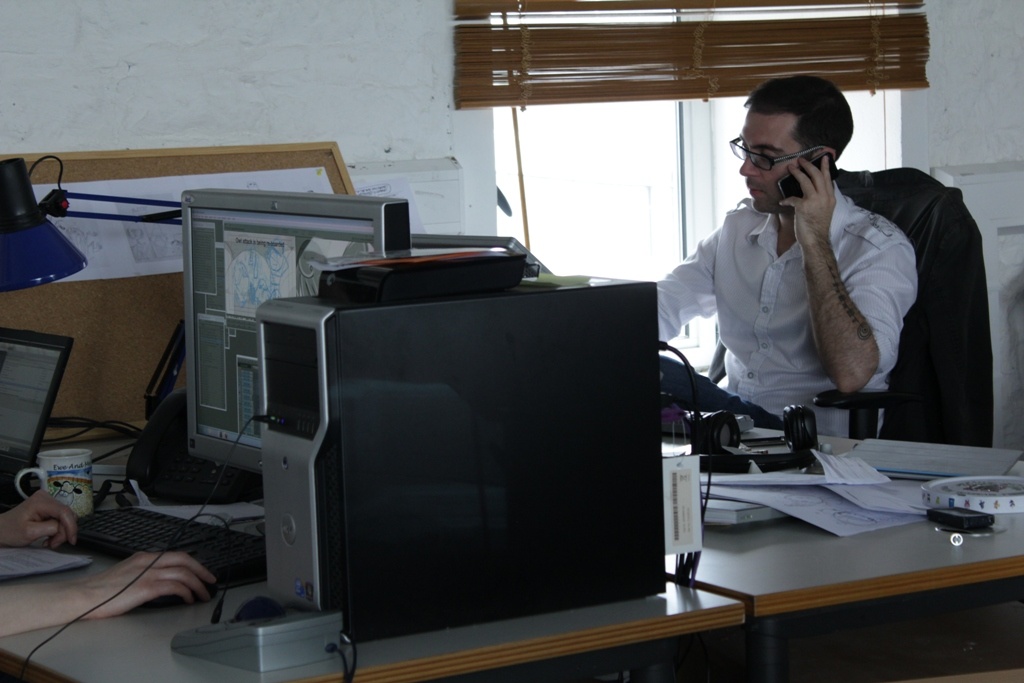
What was the last book that you read or you are still reading?
The last book that I read was Sapiens by Yuval Noah Harari. He’s a historian and it’s a really interesting book.
And what was the last film you saw?
It was Logan. It’s good actually.
What are you going to do after we finish the interview?
I have two people waiting for me to go into a meeting to talk about storyboards (laughs).
Text Ivaylo Alexandrov


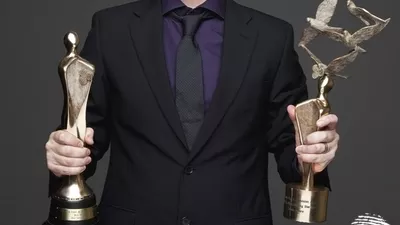








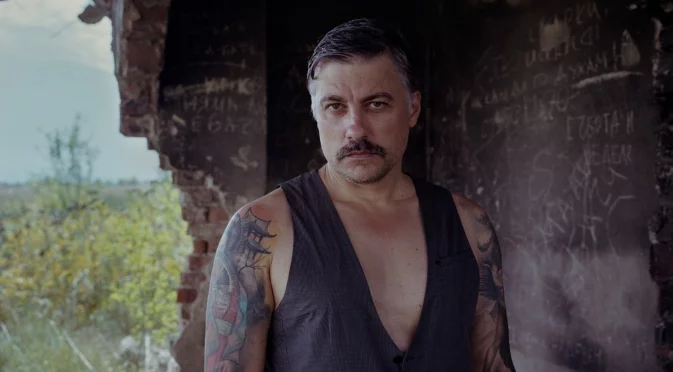
Коментари